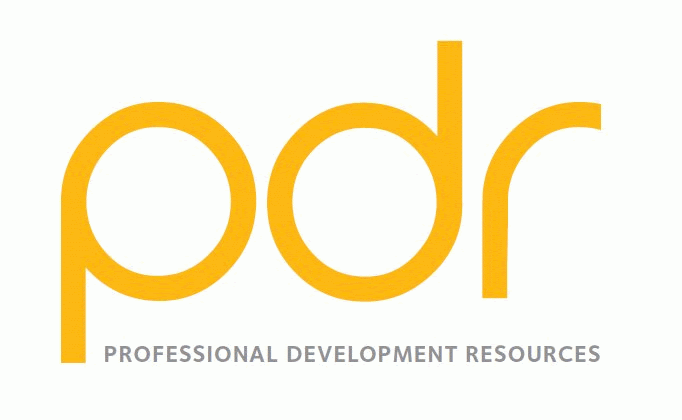 The violence that women in disadvantaged neighborhoods experience and witness can result in post-traumatic stress disorder (PTSD) symptoms and full diagnoses, according to a new study that examined a disadvantaged Chicago neighborhood.
The violence that women in disadvantaged neighborhoods experience and witness can result in post-traumatic stress disorder (PTSD) symptoms and full diagnoses, according to a new study that examined a disadvantaged Chicago neighborhood.
Also noteworthy, women with PTSD diagnosis or sub-threshold PTSD had significantly more severe depression symptoms than women in the study who didn’t report experiencing trauma. Every woman who was recruited had symptoms of depression.
“There are many women who are affected by shooting and gang violence in these neighborhoods,” said first author Sunghyun Hong, a research assistant at Northwestern University Feinberg School of Medicine. “These women are often overlooked. With this study, we were able to shine a light on this high prevalence of trauma exposure and PTSD diagnosis among the underserved population.”
This is one of very few studies to explicitly examine the impact that living in a disadvantaged neighborhood has on PTSD symptoms. The study was published Dec. 7 in the Journal of Racial and Ethnic Health Disparities.
The traumatic experiences reported in the study were often violent or sexual in nature. One woman disclosed having witnessed the fatal shooting of her son, and another woman reported watching her father be murdered in her home.
The neighborhood from which women in the study were recruited ranked 7th for property crime, 26th for quality of life crime and 35th for violent crime among 77 Chicago neighborhoods.
Thirty-six percent of women in the study had PTSD or sub-threshold PTSD (substantial trauma symptoms that might not have met the full PTSD diagnostic criteria). Those with PTSD had more severe depression symptoms than other women in the study who did not exhibit signs of PTSD, said principal investigator and senior author Inger Burnett-Zeigler, clinical psychologist and assistant professor of psychiatry and behavioral sciences at Feinberg.
“Even if you don’t meet the full criteria for PTSD, you can have enough symptoms to impact your well-being,” Burnett-Zeigler said. “There is a substantial proportion of people who fall below the PTSD diagnosis line who might be getting lost in the cracks. It’s important for mental health providers to develop a greater awareness around this because untreated PTSD symptoms affect mental health, quality of life and functioning.”
A significant percentage of women in a general population who experienced trauma (20 percent) develop PTSD she said.
“But the prevalence of PTSD symptoms is particularly acute in impoverished neighborhoods,” Burnett-Zeigler said. “In the study’s sample, 71 percent of the women who experienced trauma had PTSD symptoms.”
“This wasn’t a sample we recruited based on having traumatic experiences, and yet so many women we recruited had experienced something traumatic,” Burnett-Zeigler said. “That is really significant in terms of how prevalent of an issue this is in that vulnerable population.” Original Article
Related Online Continuing Education Courses
Professional Development Resources is a nonprofit educational corporation 501(c)(3) organized in 1992. Our purpose is to provide high quality online continuing education (CE) courses on topics relevant to members of the healthcare professions we serve. We strive to keep our carbon footprint small by being completely paperless, allowing telecommuting, recycling, using energy-efficient lights and powering off electronics when not in use. We provide online CE courses to allow our colleagues to earn credits from the comfort of their own home or office so we can all be as green as possible (no paper, no shipping or handling, no travel expenses, etc.). Sustainability isn’t part of our work – it’s a guiding influence for all of our work.
|
We are approved to offer continuing education by the American Psychological Association (APA); the National Board of Certified Counselors (NBCC); the Association of Social Work Boards (ASWB); the American Occupational Therapy Association (AOTA); the American Speech-Language-Hearing Association (ASHA); the Commission on Dietetic Registration (CDR); the Alabama State Board of Occupational Therapy; the Florida Boards of Social Work, Mental Health Counseling and Marriage and Family Therapy, Psychology & School Psychology, Dietetics & Nutrition, Speech-Language Pathology and Audiology, and Occupational Therapy Practice; the Ohio Counselor, Social Worker & MFT Board and Board of Speech-Language Pathology and Audiology; the South Carolina Board of Professional Counselors & MFTs; the Texas Board of Examiners of Marriage & Family Therapists and State Board of Social Worker Examiners; and are CE Broker compliant (all courses are reported within one week of completion). |





